Bezos Earth Fund Fuels Groundbreaking Biodiversity Project: 719 Key Biodiversity Areas Identified in the Tropical Andes and Congo Basin.
Highlights
- 719 Key Biodiversity Areas (KBAs) identified across seven countries in the Tropical Andes and Congo Basin regions.
- The comprehensive assessment included 248 entirely new KBAs, in addition to re-assessments of 575 previously identified sites.
- The total number of final KBA trigger species is 3,060 in the seven project countries.
- Colombia has the world’s first KBA based on applying the distinct genetic diversity assessment parameter.
- The Republic of Congo has the world’s first KBA identified for its ecological integrity under KBA criterion C.
In a landmark achievement, the “Key Biodiversity Areas – establishing the blueprint for 30x30” project, has confirmed 719 Key Biodiversity Areas (KBAs) across seven countries in the Tropical Andes and Congo Basin regions. This is the most ambitious project of the KBA Partnership to date and was possible thanks to the funding of the Bezos Earth Fund, the leadership of BirdLife International, and the pivotal support of the implementing organizations in each country. The comprehensive assessment made in these two rich regions is a significant step towards achieving the ambitious goals of the Kunming-Montreal Global Biodiversity Framework (GBF), also known as the Biodiversity Plan.
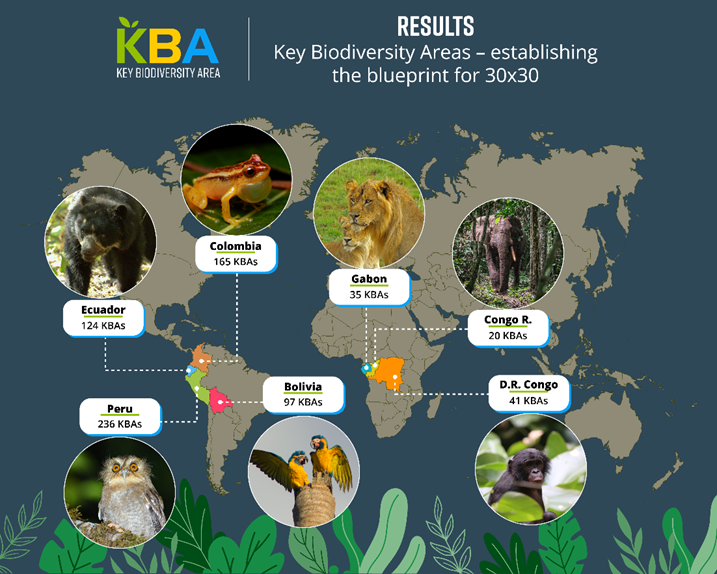
Photo 1 Bezos KBA Project results per country
The project was a truly joint endeavour. For two years, seven implementing organizations, over 600 experts, and 129 member organizations of seven National Coordination Groups (NCGs) worked tirelessly to collect, organise, analyse, and submit data on thousands of potential trigger species. With this information, 575 previously identified KBAs were re-assessed, whilst 248 new KBAs were identified and assessed against the rigorous KBA criteria.
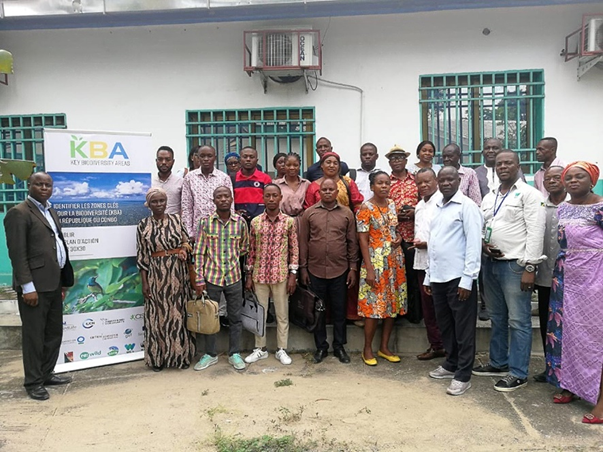
Photo 2 KBA awareness meeting with Agriculture general direction. Congo Republic (Photo by: WCS Congo)
"The Bezos KBA project has been a great success, not only by comprehensively assessing and updating the list of KBAs in the seven participating countries, but also by putting KBAs firmly on the radar of governments and other stakeholders", said Zoltan Waliczky, Global Site Conservation Coordinator at BirdLife International. "We hope that our experiences will serve as a model for future national KBA assessments and that our findings will contribute to the global effort to protect biodiversity."
In the project countries, national and sub-national authorities are keen to use KBAs for new protected area establishment and conservation management to achieve the goals of the GBF. The Global Biodiversity Framework, adopted at the COP15 conference, sets ambitious targets, including the 30x30 goal of protecting at least 30% of the world's lands, inland waters, coastal areas, and oceans by 2030. The identification and protection of KBAs will be crucial in achieving these targets, as they represent the most important sites for biodiversity conservation.
Pioneering applications of the KBA Standard
Colombia has achieved a significant milestone with the designation of the world’s first KBAs based on applying the distinct genetic diversity assessment parameter: Carranchina and Bajo Sinu. Carranchina is home to a 30% of the unique genetic diversity of the critically endangered Dahl’s Toad Headed Turtle (Mesoclemmys dahli), a unique and endemic species found only in the fragmented tropical dry forests of this region. Bajo Sinu contains half of the unique genetic diversity of the critically endangered Magdalena River Turtle (Podocnemis lewyana). These two sites’ assessment marks a crucial step in identifying and prioritizing them for preserving the genetic heritage of these rare species, which face habitat loss as its main pressure.
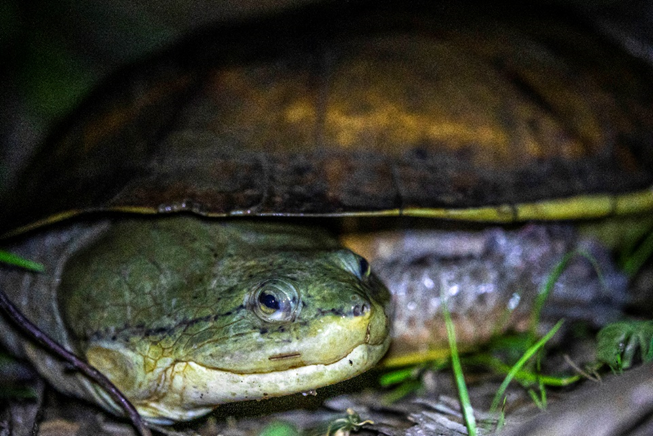
Photo 3 Dahl´s Toad Headed Turtle in Northern Colombia (Photo by: Daniel Nielsen/WCS)
The Republic of Congo has the world’s first KBA identified for its outstanding ecological integrity, KBA criterion C: Nouabalé-Ndoki National Park. Covering 4,000 square kilometres of lowland rainforest and harbouring globally significant populations of endangered large mammals, this site has never been logged, contains no roads within its borders, still boasts wildlife that has had little or no contact with humans, and plays a demonstrated role in climate regulation and carbon storage. It is one of the most intact parts of the Northwest Congolian Lowland Forest Ecoregion.
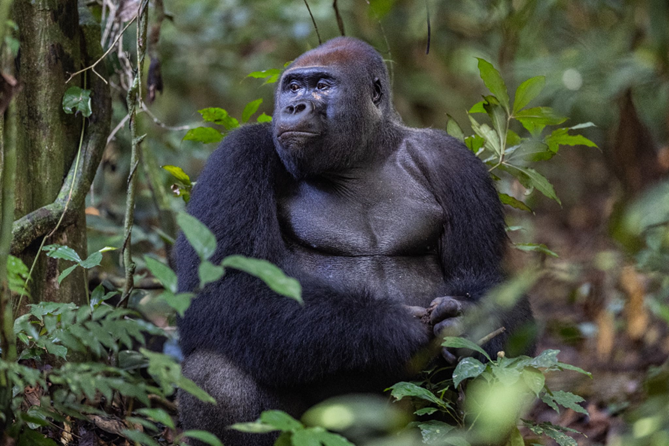
Photo 4 Gorilla at Nouabalé-Ndoki National Park (Photo by: Thomas Nicolon)
The power of diversity and local voices
The project has led to increased collaboration between national and local governments, local communities, and experts, with many countries expressing interest in using KBAs as priority sites for conservation and management. Indigenous communities were also actively involved in the process and their knowledge was crucial for the project’s success. In Colombia and Ecuador, indigenous communities were active in proposing their territories as KBAs in the hope that this international designation will help them protect and manage their ancestral territories.
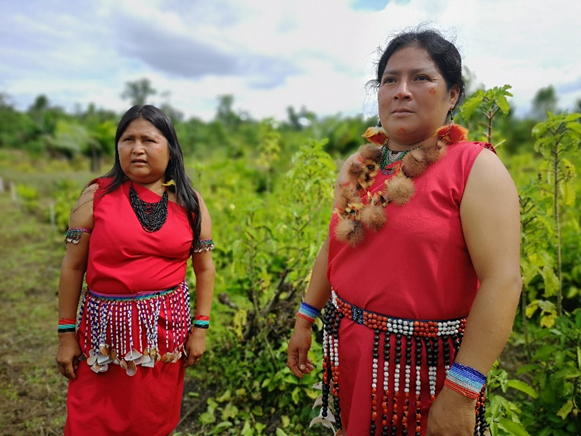
Photo 5 Indigenous women at Naranjos, Shambuyacu, Peru (Photo by: Constantino Aucca/ECOAN)
With only 7 years remaining for the implementation of the KMGBF, it is crucial that countries start identifying important areas for biodiversity conservation. Adopting the proposed definition in the paper, which borrows from the KBA approach, could help ensure that all conservation objectives are met and contribute to halting extinction and reducing biodiversity loss.
The rich information generated and collected during the Bezos KBA project will be crucial in informing the development of national biodiversity action plans and strategies, ensuring that the goals of the Global Biodiversity Framework are met. The project's success demonstrates the importance of identifying and protecting KBAs as a key strategy for conserving the world's biodiversity.
About KBAs
Key Biodiversity Areas are the most important places in the world for species and their habitats. From deserts to the middle of the ocean, these sites are essential for the planet’s overall health and the persistence of biodiversity. The Key Biodiversity Area Partnership - an ambitious partnership of 13 global conservation organizations - is helping prevent the rapid loss of biodiversity by supporting nationally led efforts to identify these places on the planet that are critical for the survival of unique species of plants and animals, and the ecological communities they comprise.
For more information, please contact(Zoltan.waliczky@birdlife.org) Zoltan Waliczky.
Discover more about KBAs visiting keybiodiversityareas.org, and for more about the Bezos KBA Project visit this link.